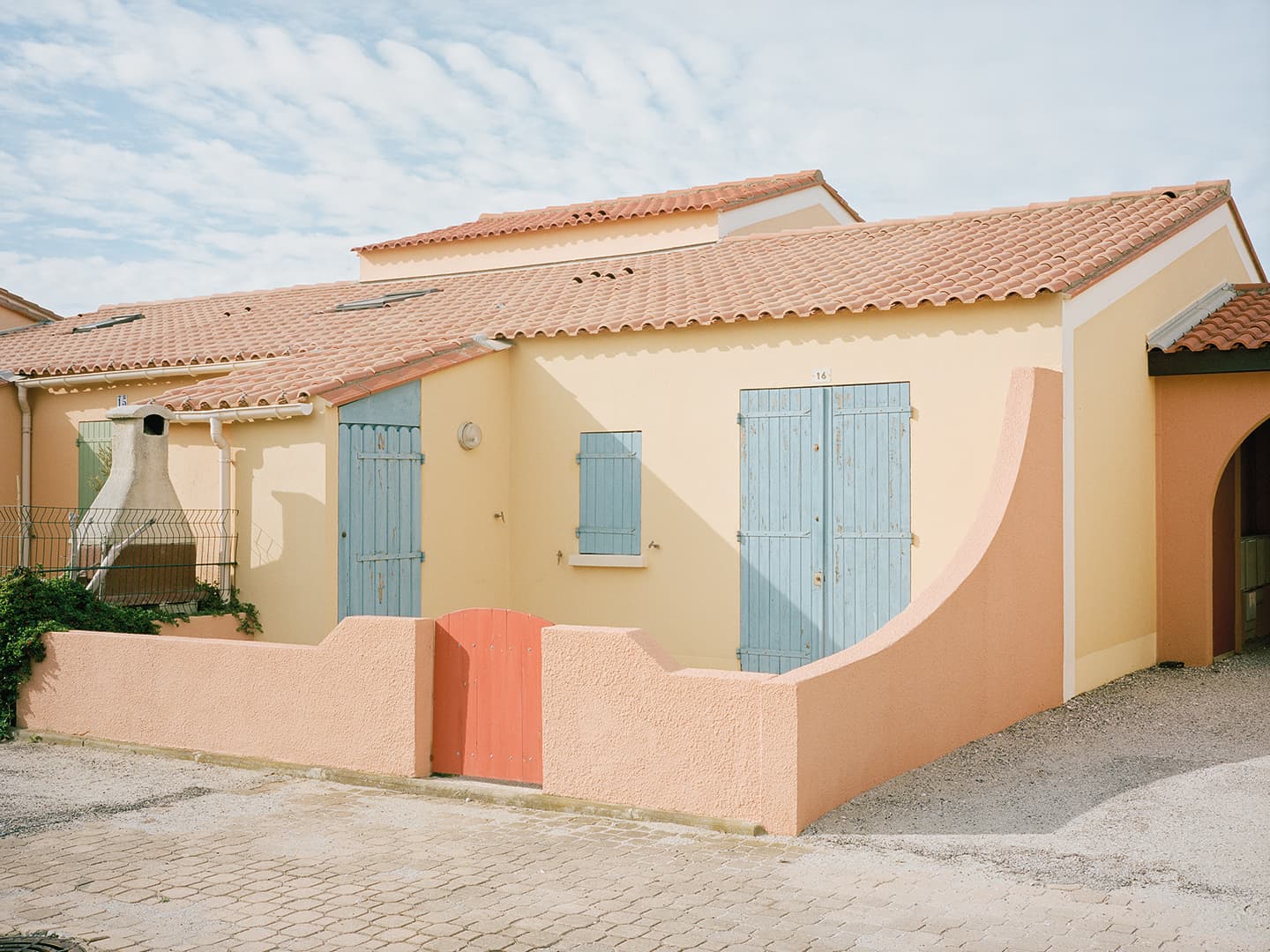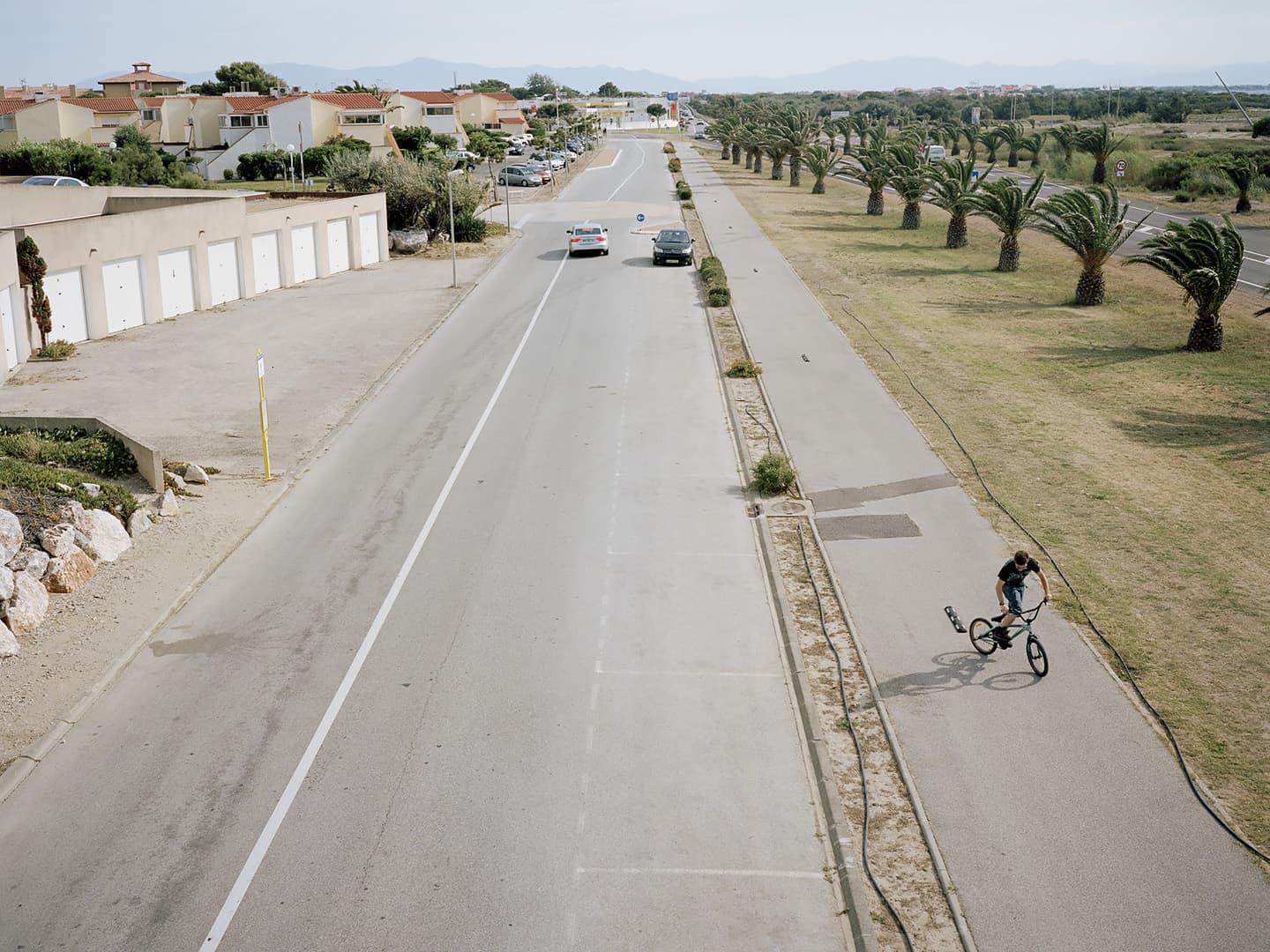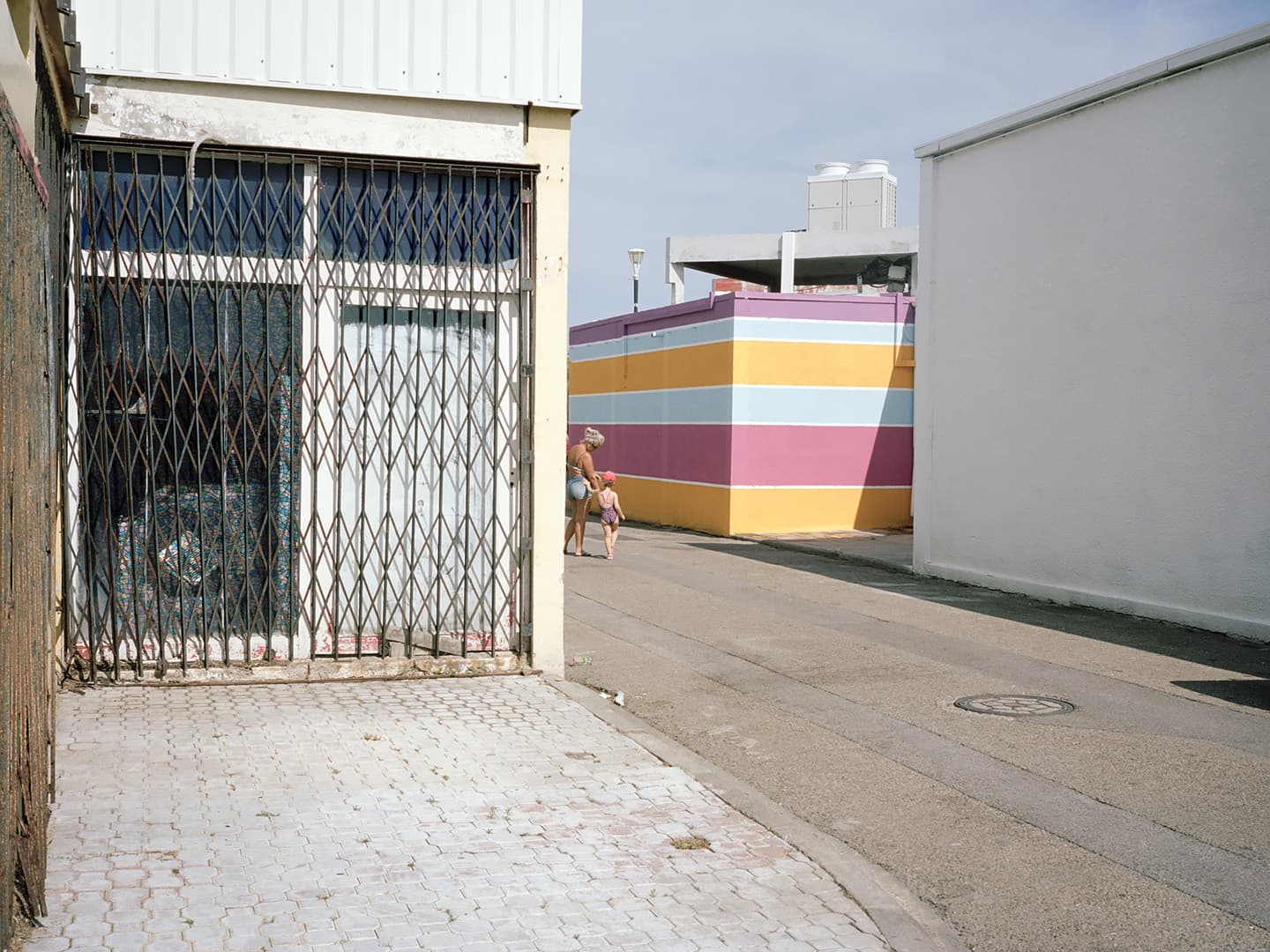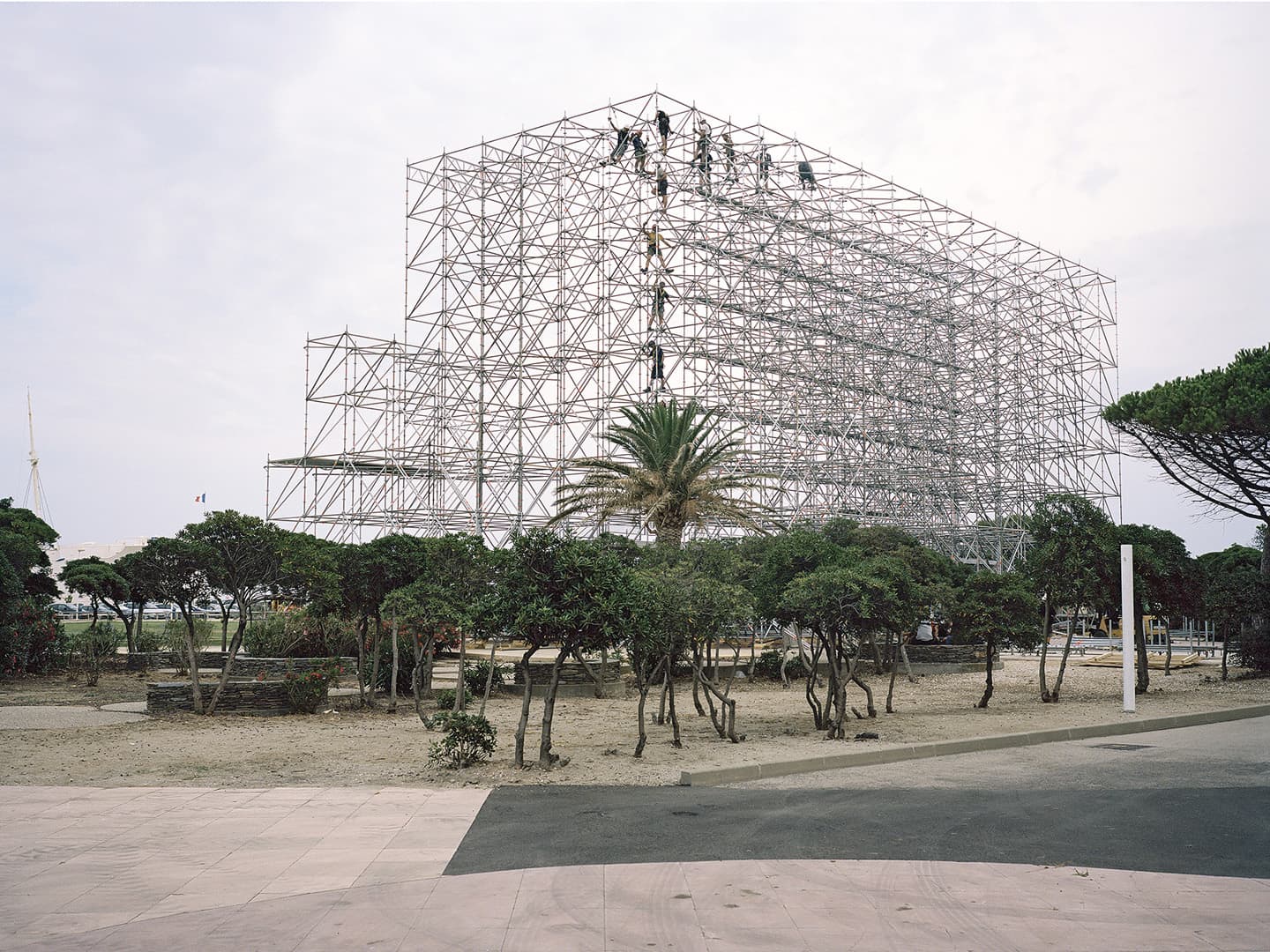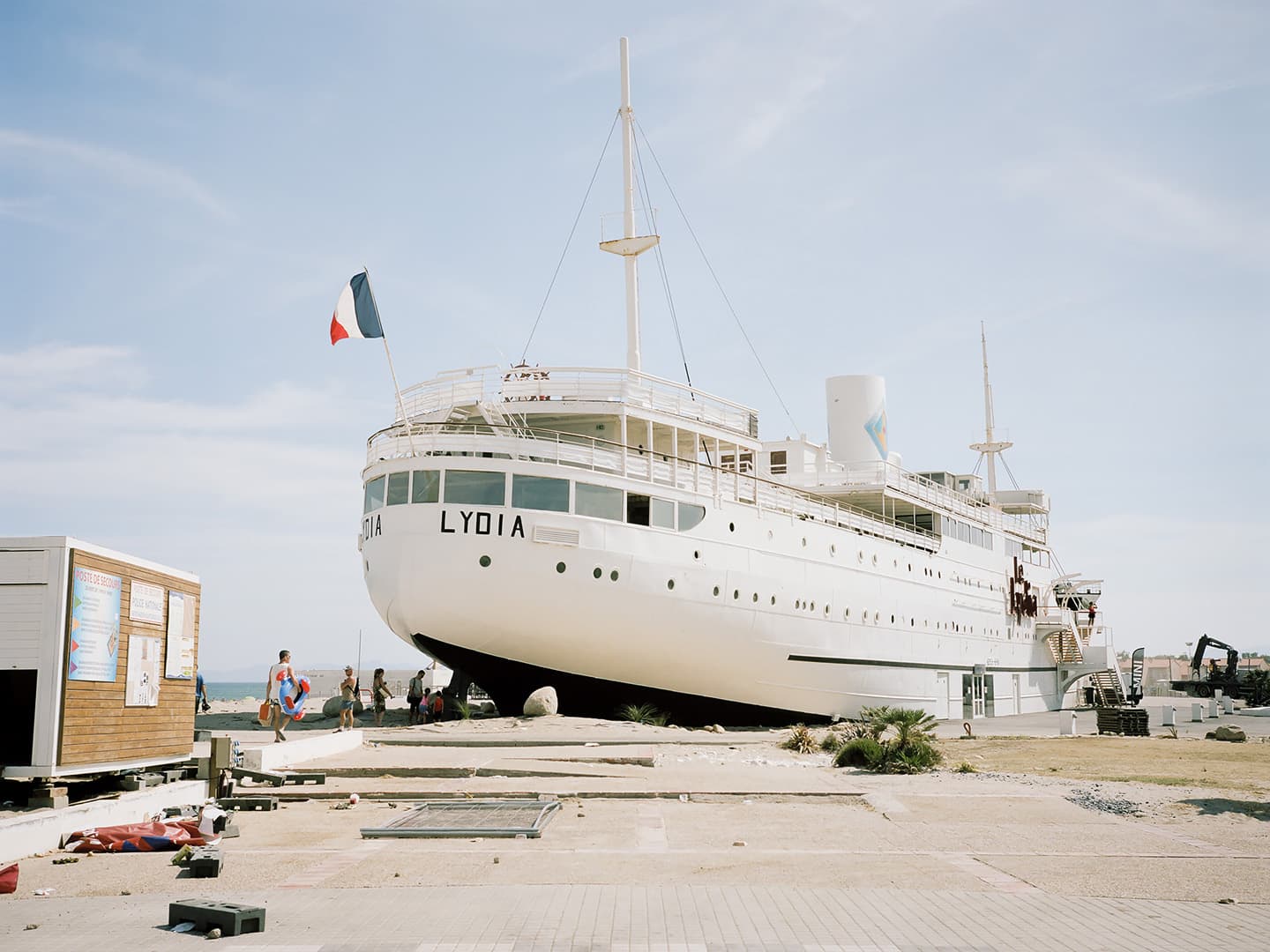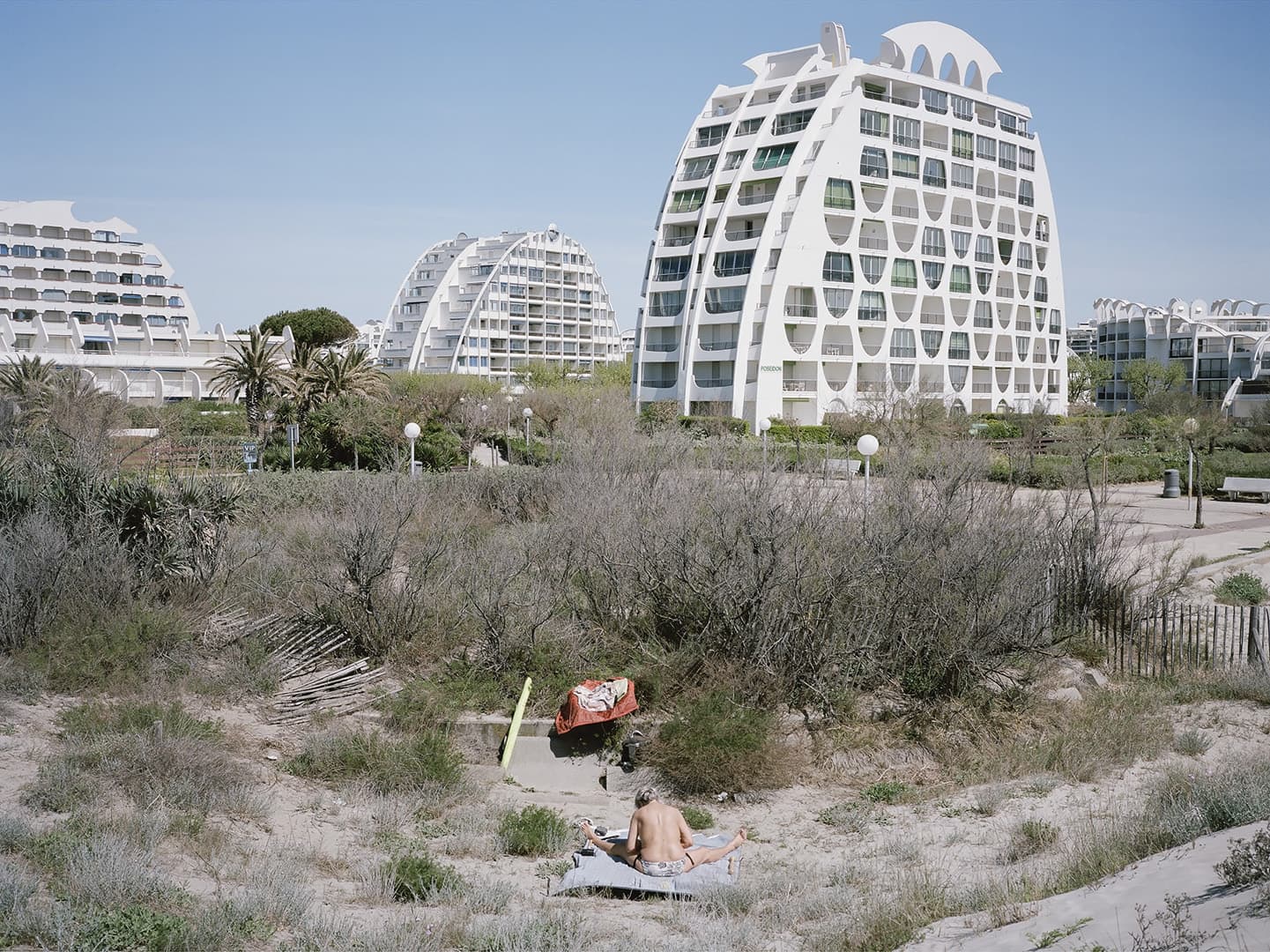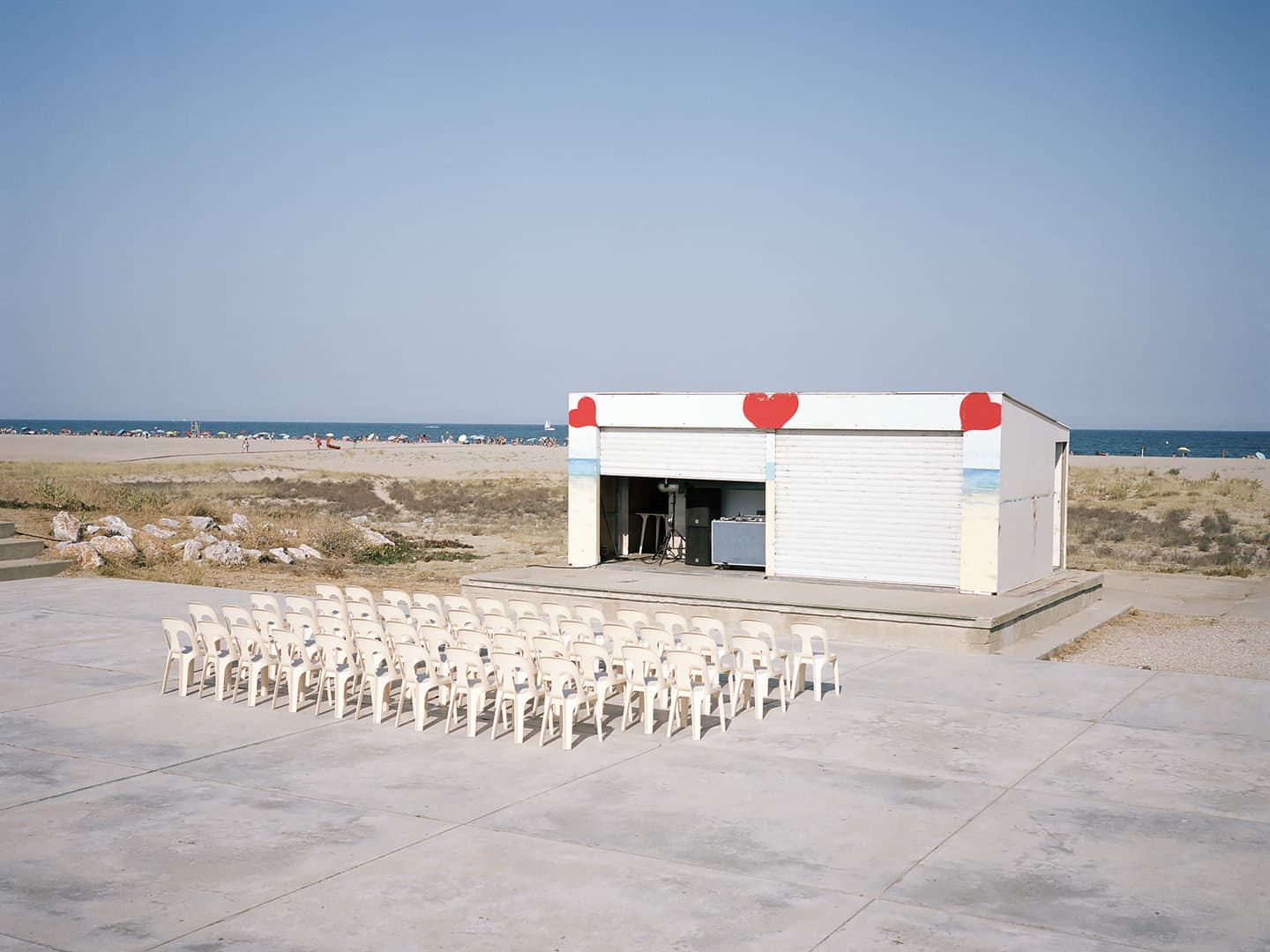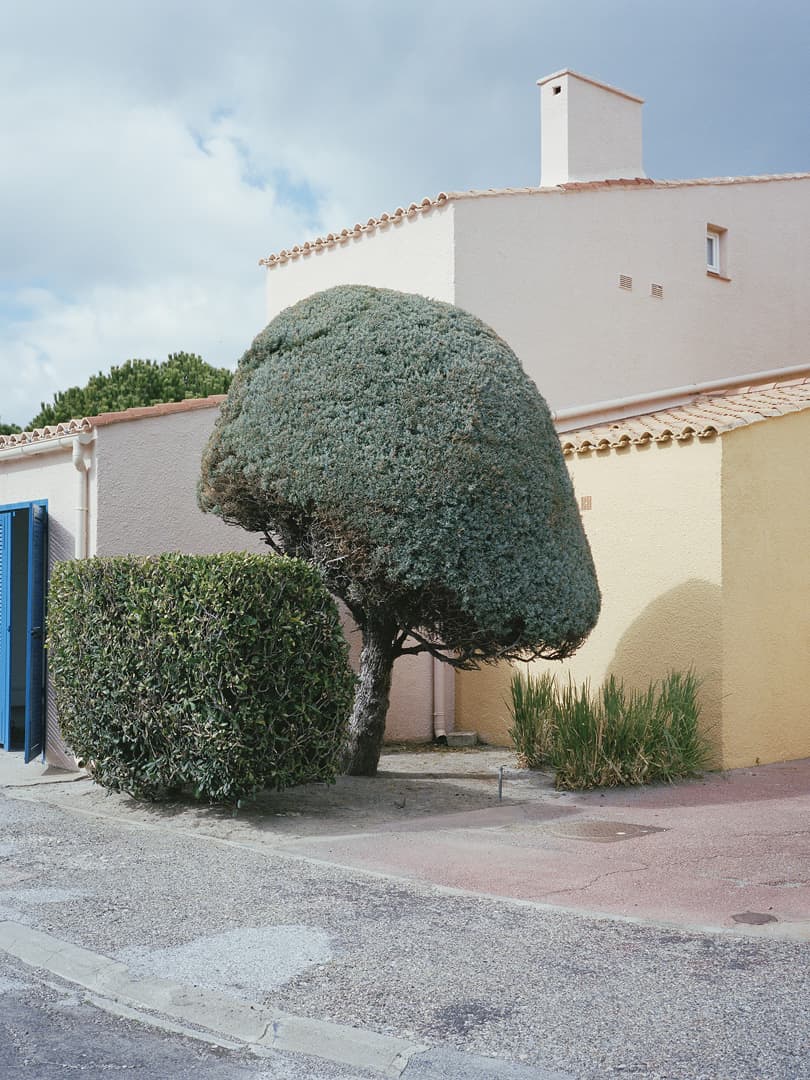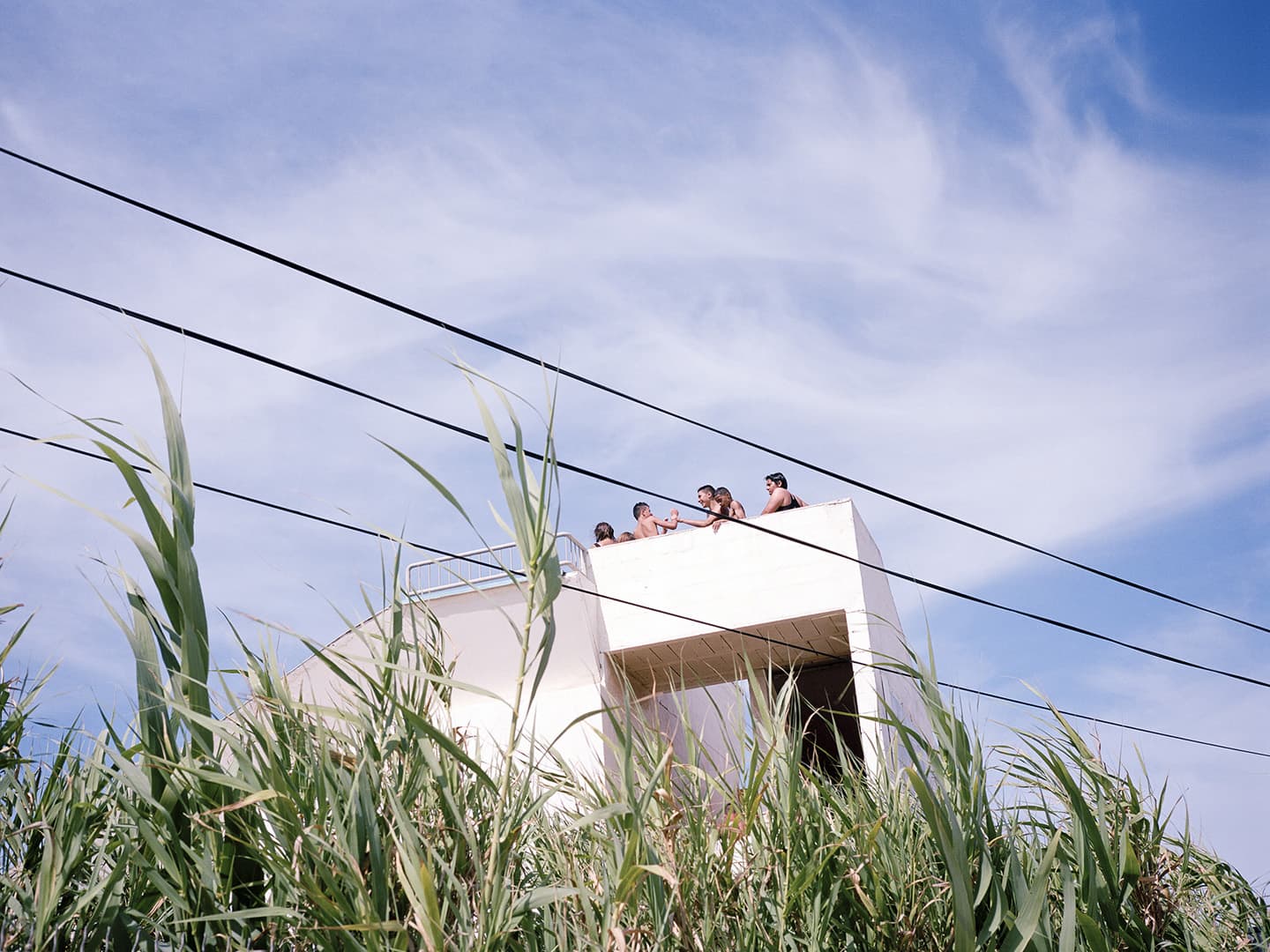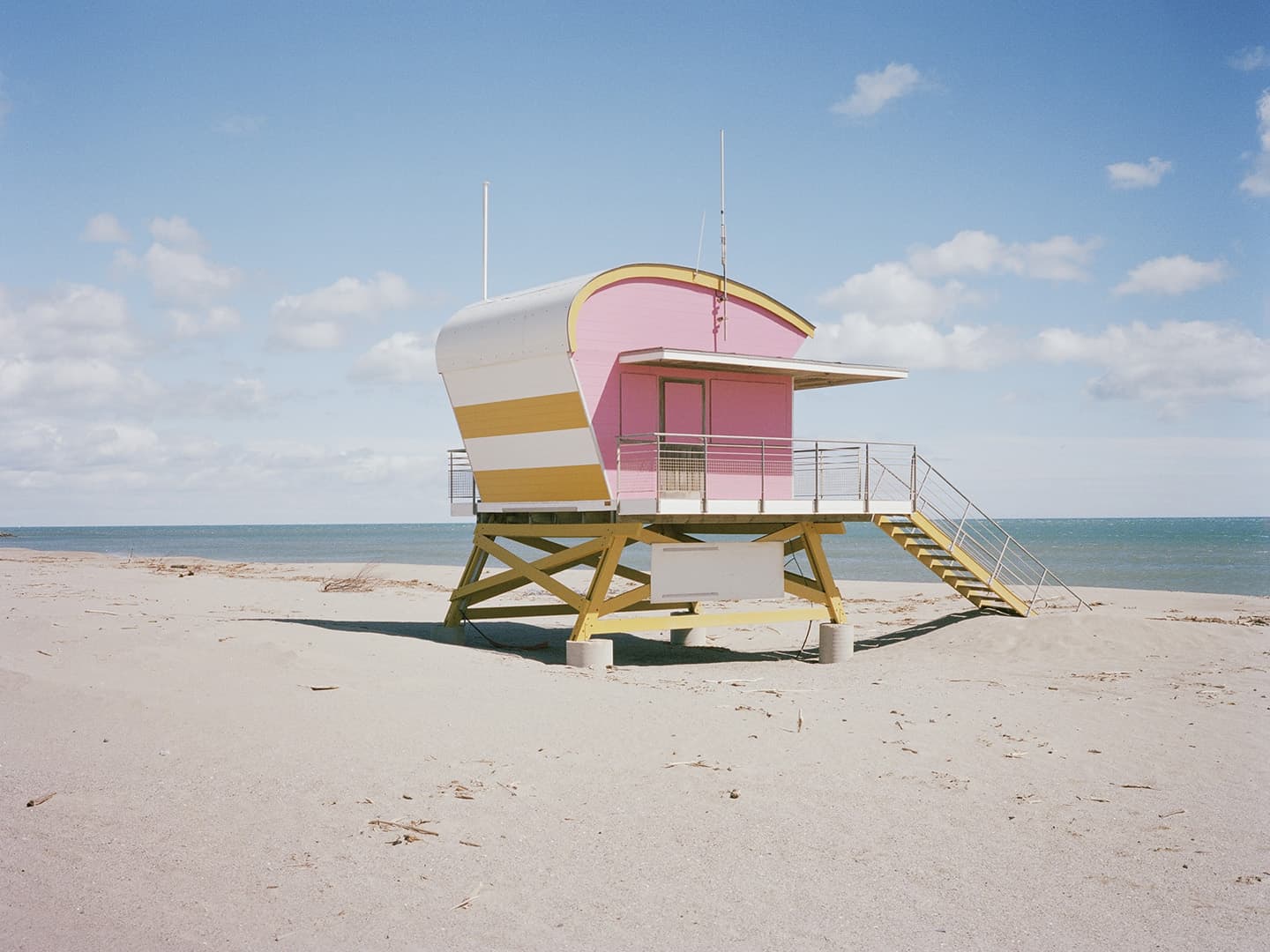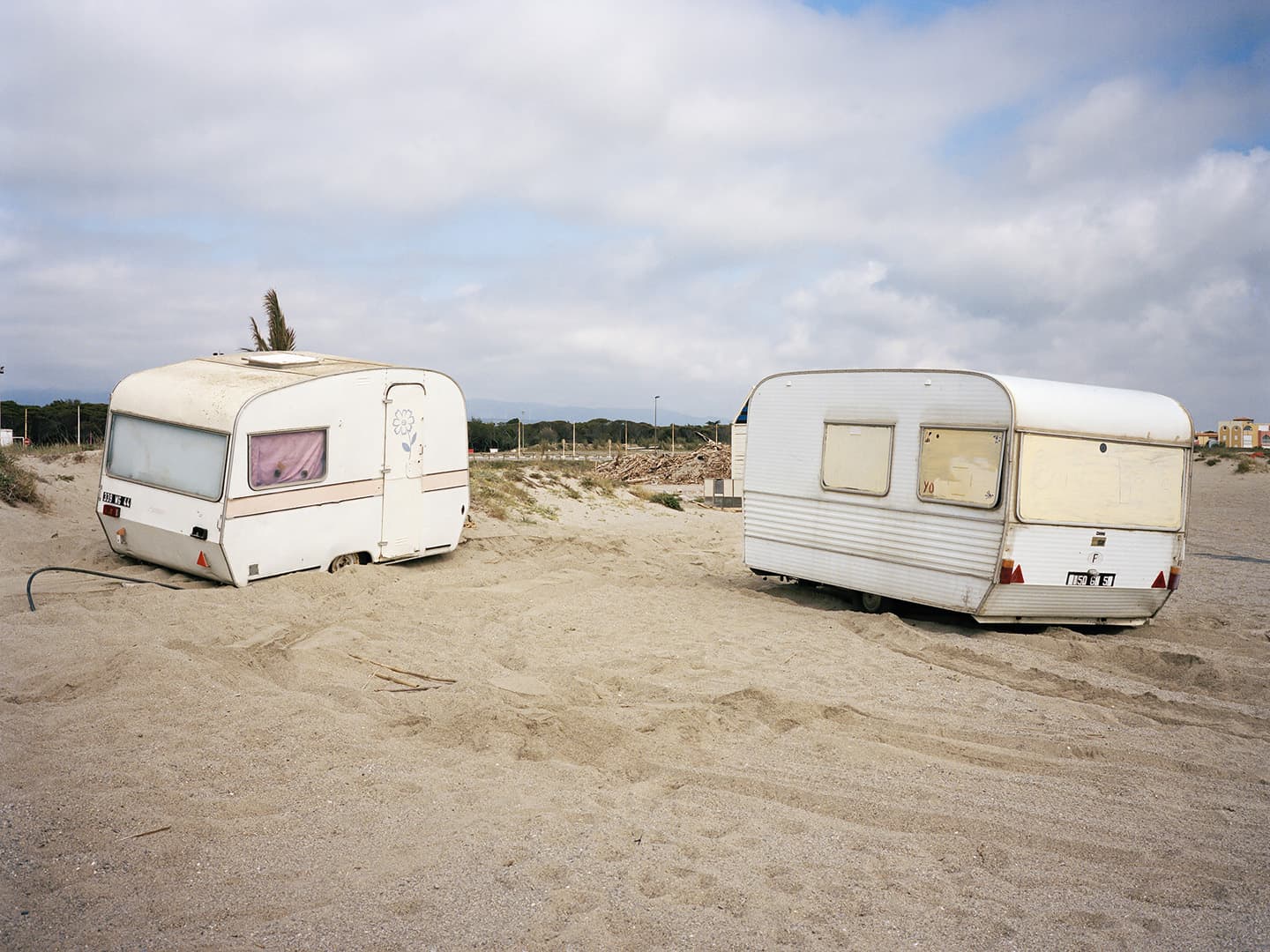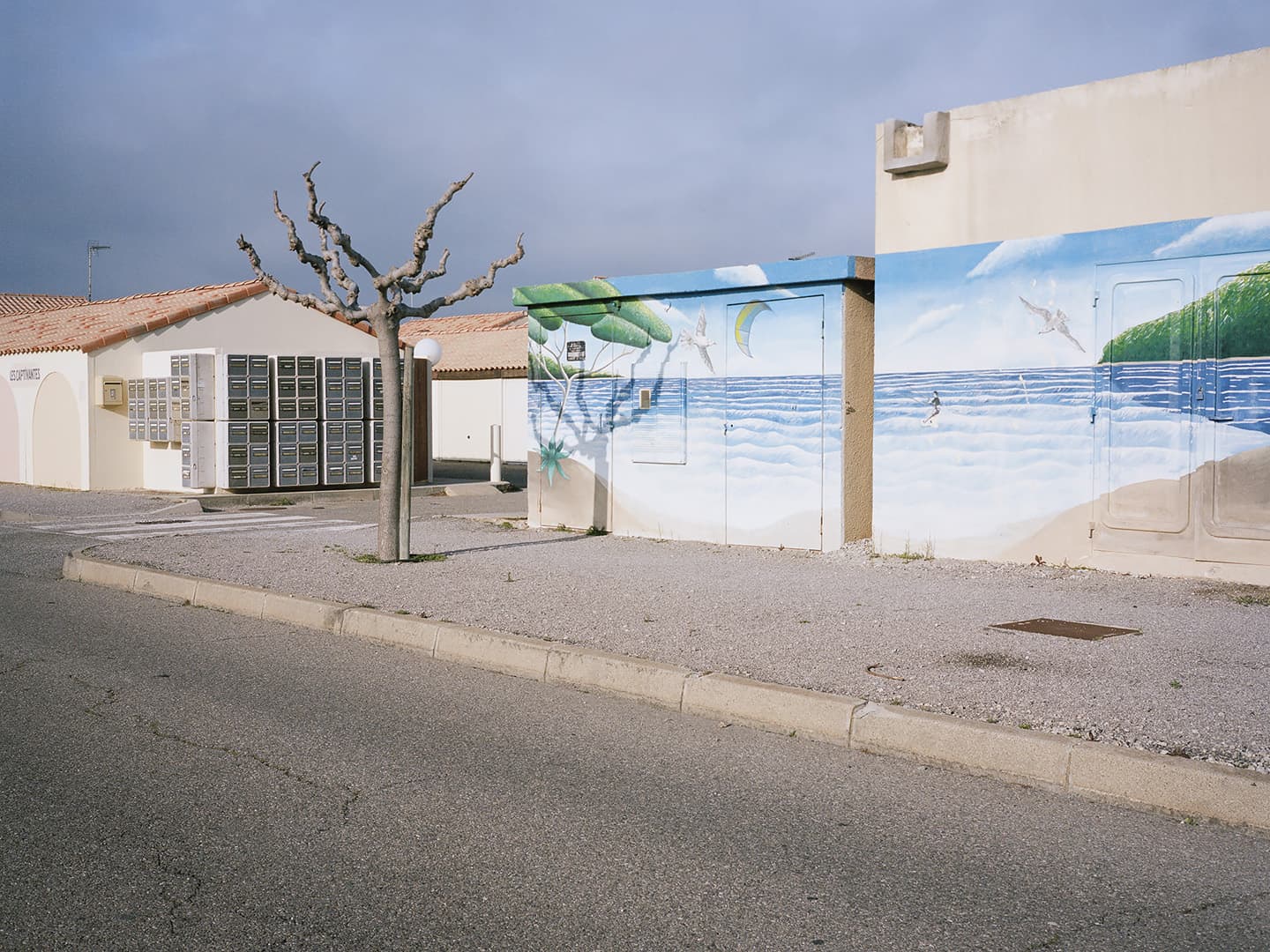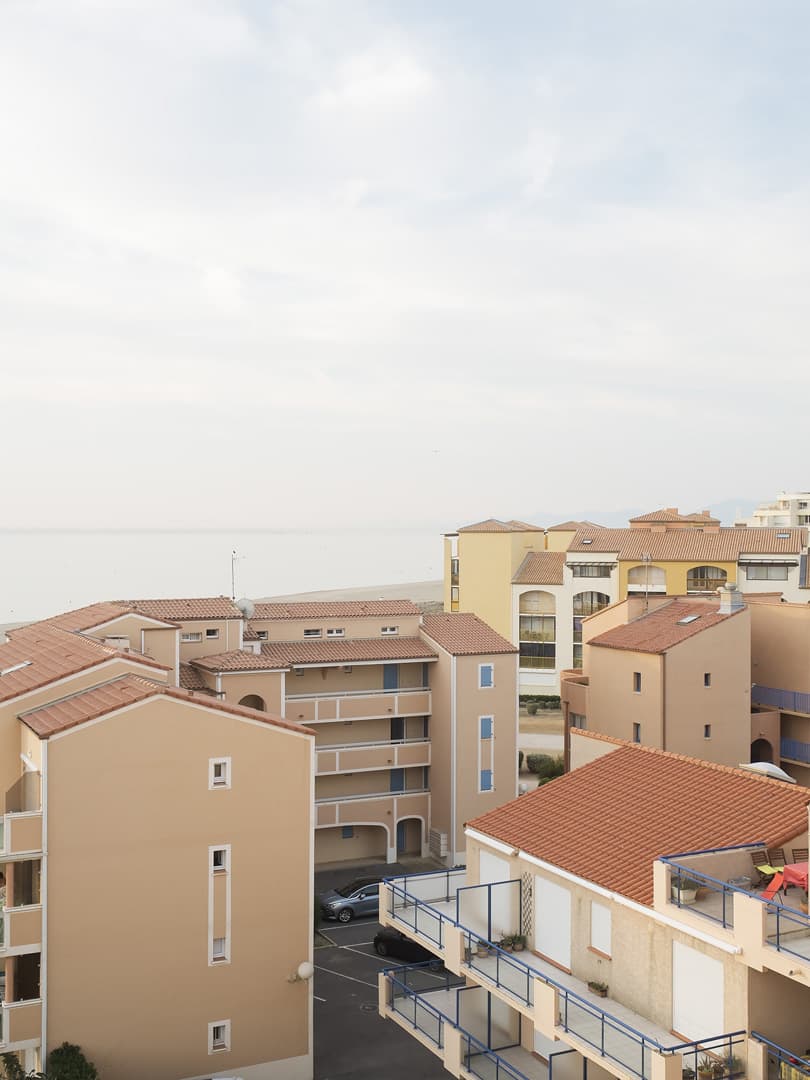In 1963 President de Gaulle initiated a new urban planning project, known as 'La Mission Racine', to develop a stretch of French coastline between Montpellier and Perpignan into a series of coastal resorts. Ahead of its time, innovative architects were hired for each town to construct unique and unusual spaces adapted to the local environment. It aimed to turn the area into a holiday destination centered around leisure while offering an alternative source of income locally.
The project has undoubtedly been an economic success, however, La Mission Racine was not only about enriching the region. It included an 18% quota of social housing to allow more French citizens to take advantage of their ‘congé payé' (paid holidays). There was a real determination to provide an alternative to the expensive Cote d'Azur without the excesses of similar developments further south in Spain.
I first visited the area, while living in France, in 2007 and was struck by how different it looked to the picturesque villages often associated with the south of France. From 2010 to 206, I made regular trips to the seven towns involved documenting how the area looks today, 50 years on. Although some of the original promise has faded and the infrastructure is beginning to show its age, the central values, particularly the idea of offering affordable summer holidays for the average citizen, remain key to how the area is managed.


